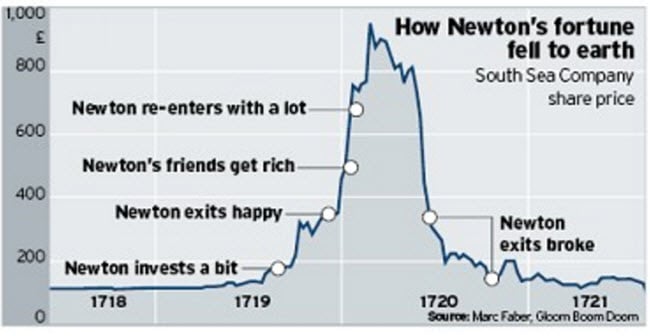To heck with the dreams of its bondholders.
Great-West Lifeco, a Canadian financial services conglomerate which operates subsidiaries in Canada, the US, Europe, and Asia – including Putnam Investments in the US – and with over $1 trillion in consolidated assets under management, just crapped beautifully on its bondholders.
It wasn’t illegal. Bondholders had agreed to it in the terms of the bond issue. But they’d believed Great-West would never ever dare to do it. Now it did, and it cost those bondholders dearly.
Canadian financial companies issued a total of $45 billion of a special kind of hybrid bonds. And now that Great-West has become the trailblazer, they might all be subjected to the same treatment.
These bonds come with an option to be called after 10 years. If the option is not exercised, maturity is extended by another 30 years and the coupon is converted from the nice fixed-rate payment of yore to a floating-rate coupon based on an interest rate of “Libor plus,” in a world of ZIRP and NIRP.
“Canadian investors never believed a Canadian bank or issuer would do that kind of thing in Canada,” Marc Goldfried, CIO at Canoe Financial LP in Toronto which manages $3.5 billion, told Bloomberg.
But Great-West decided to become a trailblazer by not exercising this option on US$300 million in notes issued in 2006. Now the coupon converts to a floating rate based on the 3-month US-dollar Libor (currently 0.63%) plus 2.54 percentage points, so at the moment 3.17%. And investors have to wait another 30 frigging years before they get their money back! 40 years in total. And they believed they had a 10-year note! And had priced it like one!
…click on the above link to read the rest of the article…
















